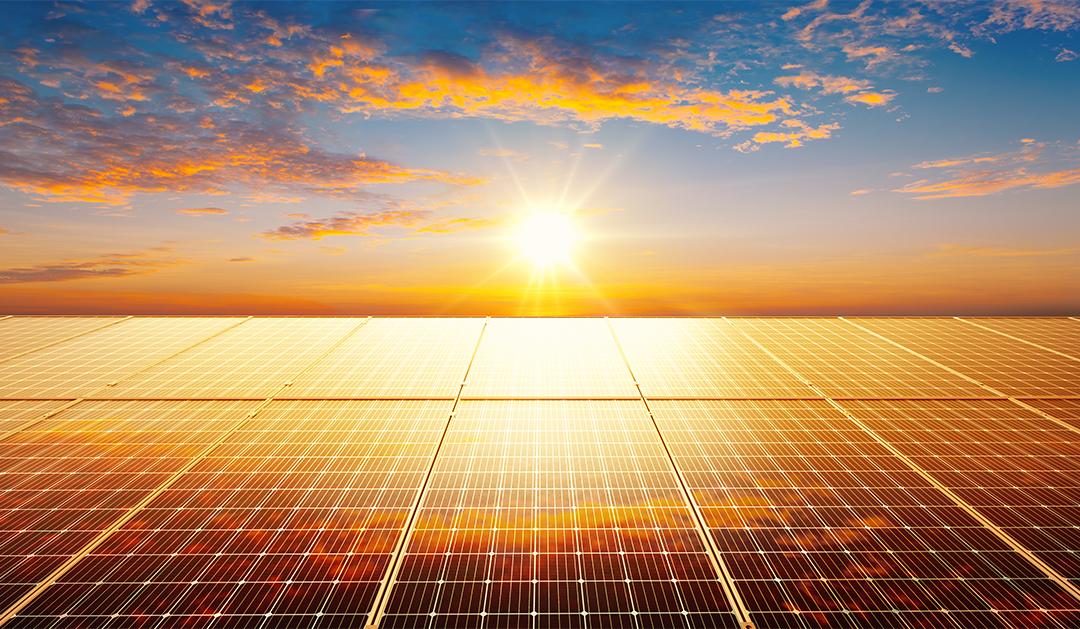“Our engineered material excels beyond other intermediate band semiconductors as it hosts IB states without significant alterations to the crystal structure or the introduction of defects," explained Kastuar. "The intercalated copper atoms induce effects typically achieved through heavy-doping."
The novel material was developed using "van der Waals gaps," minuscule spaces between layered two-dimensional materials that can host atoms, molecules or ions. By intercalating zerovalent copper atoms between layers of germanium selenide (GeSe) and tin sulfide (SnS), the researchers tuned the material properties to enhance its photovoltaic performance.
But is it practical?
Ekuma, an expert in computational condensed matter physics, developed the simulated prototype as a proof of concept after extensive computer modeling of the system demonstrated theoretical promise.
Although integrating the newly designed quantum material into current solar energy systems will require further research and development, Ekuma pointed out that the experimental technique used to create these materials is already highly advanced.
Scientists have, over time, mastered a method that precisely inserts atoms, ions and molecules into materials, and encouraging results from a fabricated sample of the material were reported shortly after Ekuma’s initial publication.
A team of experimentalists, including scientists from Worcester Polytechnic Institute and the University of California-Davis, fabricated a sample of the material and conducted a variety of advanced analyses to characterize its properties.
Those results, published in the journal Applied Materials and Interfaces, concluded that intercalating zero-valent copper into layers of GeS was indeed a promising strategy offering “profound effects” for the enhanced functioning of photoelectric devices and solar energy conversion systems.
“Its rapid response and enhanced efficiency strongly indicate the potential of Cu-intercalated GeSe/SnS as a quantum material for use in advanced photovoltaic applications, offering an avenue for efficiency improvements in solar energy conversion,” Ekuma said.
Beyond enhanced performance in solar applications, the material offers additional advantages in terms of environmental sustainability. Copper and germanium are well-established materials that are less toxic than lead-based materials used in some solar panels. In addition, GeSe is an accessible resource, six times more abundant than antimony (Sb), an element currently used in many thin-film solar cells.
“Our material is a promising candidate for the development of next-generation, high-efficient solar cells, which will play a crucial role in addressing global energy needs,” Ekuma said.
The research was funded in part by a grant from the U.S. Department of Energy.
Story by Dan Armstrong
Read more stories on the Lehigh News Center.







